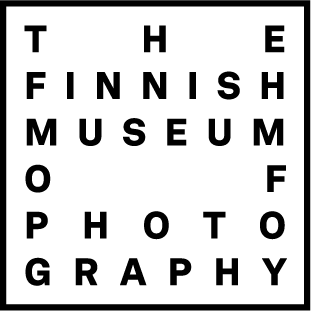“I’ve collected a chest full of photosensitive treasures, including memories of important moments and materials I have encountered. I’m invisible and fast as can be, but in my encounters I tend to slow down, and sometimes I become reflected or even bent. These objects are a way to help demonstrate what I truly am.”
Visible light is a form of electromagnetic radiation in certain wavelengths. Photons — also called light particles or light quanta — act as transmitters of light. Photographs are created when photons encounter a photosensitive material and cause changes to it.
Lighty McQuantum’s photosensitive treasures may include: silver, blue-tinted iron salts, gelatine, and a digital sensor.
“You are also one of my photosensitive treasures!” adds Lighty McQuantum.
1. Humid vibes
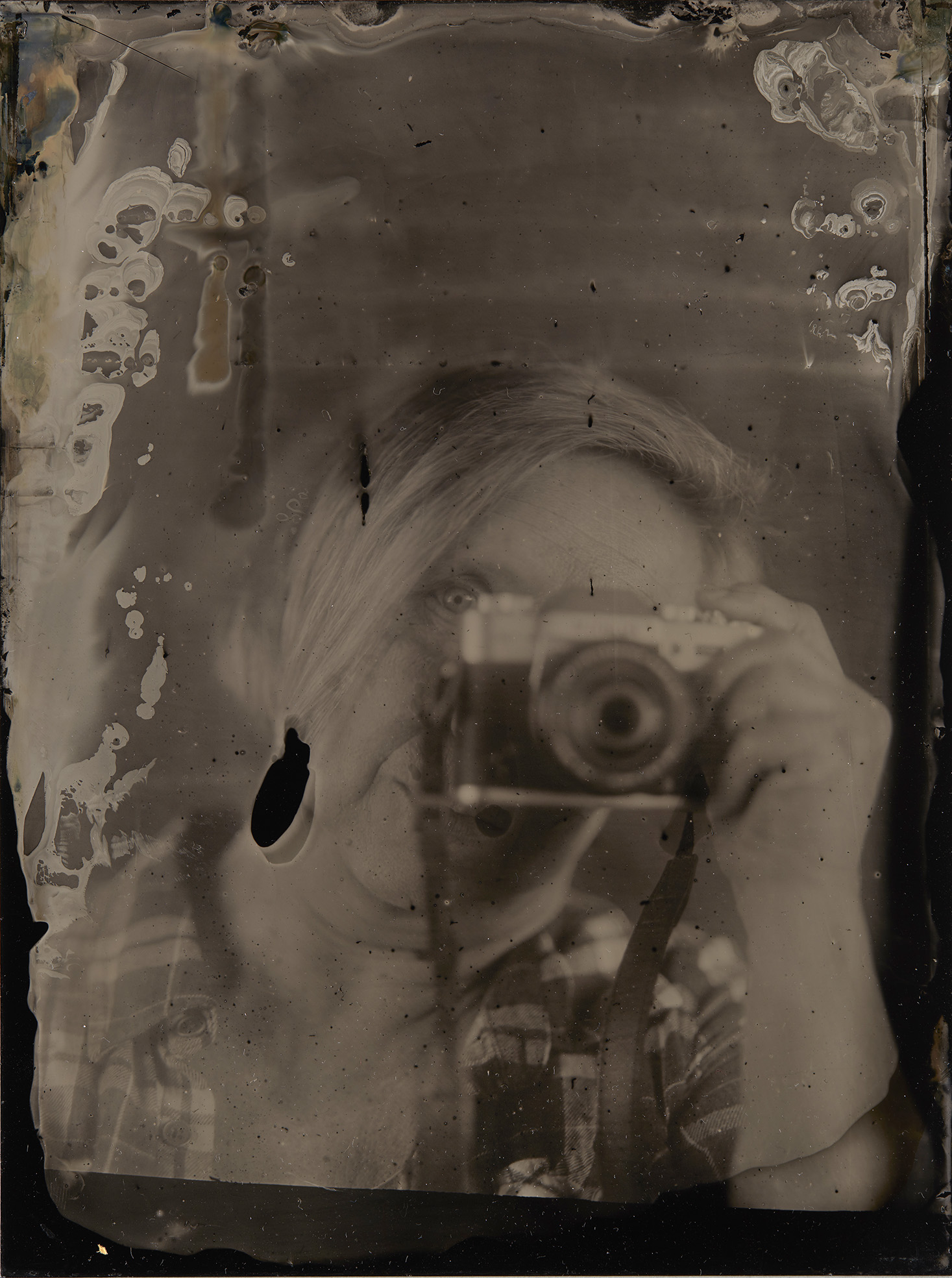
In the collodium wet plate process the photographer is in a hurry. The coated and sensitized plate must be exposed, developed and fixed before it dries out, usually in 10–15 minutes.
Collodion wet plate process, coursework, 2019
2. A valuable and noble print
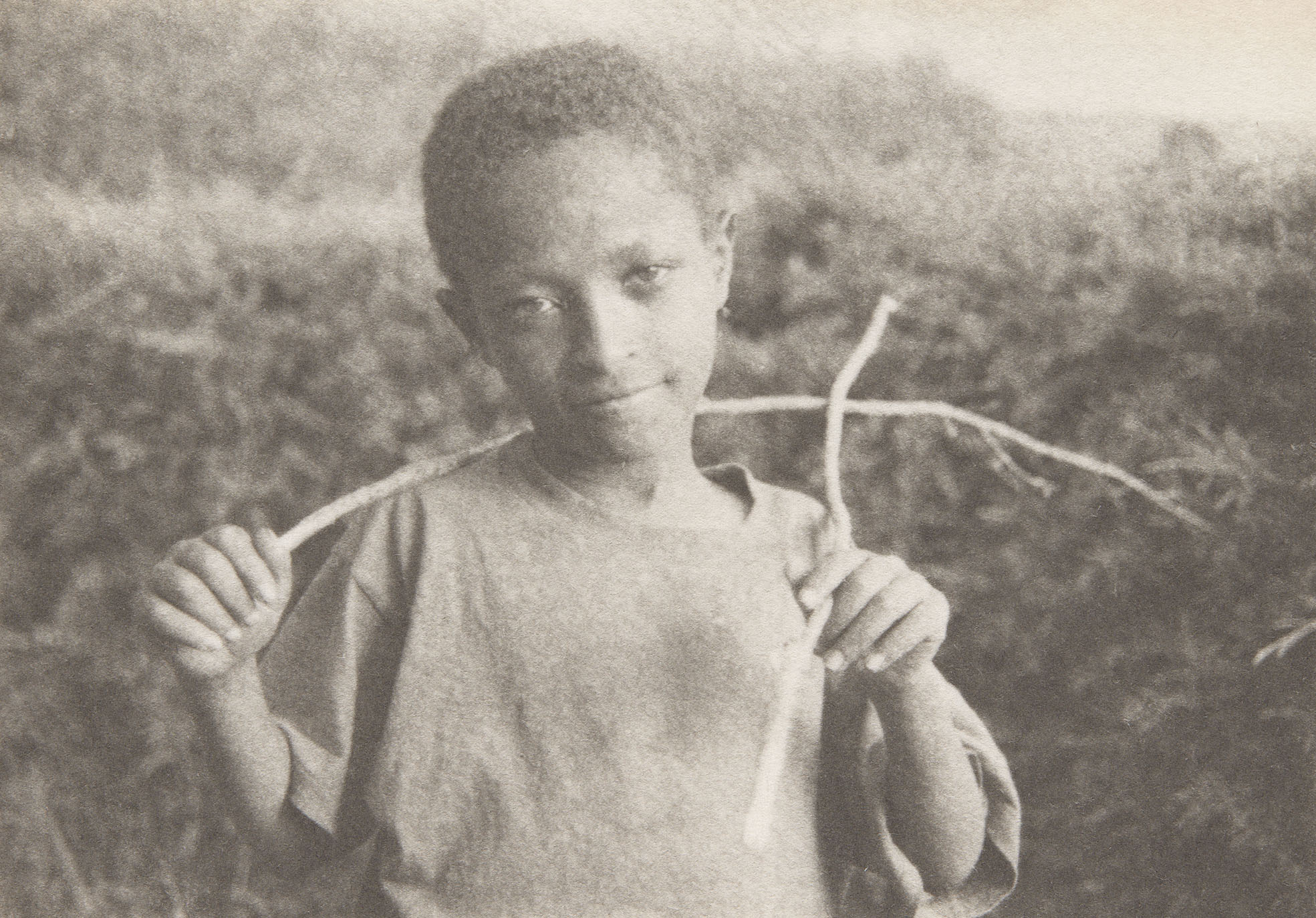
This kind of photographic print is created when a paper sensitised with iron and platinum salts is exposed to UV light, which comes into contact with the negative. The platinum print is a non-silver printing method where no silver is needed to create the image.
Platinum print, Harri Tahvanainen collection
3. What is going on here?
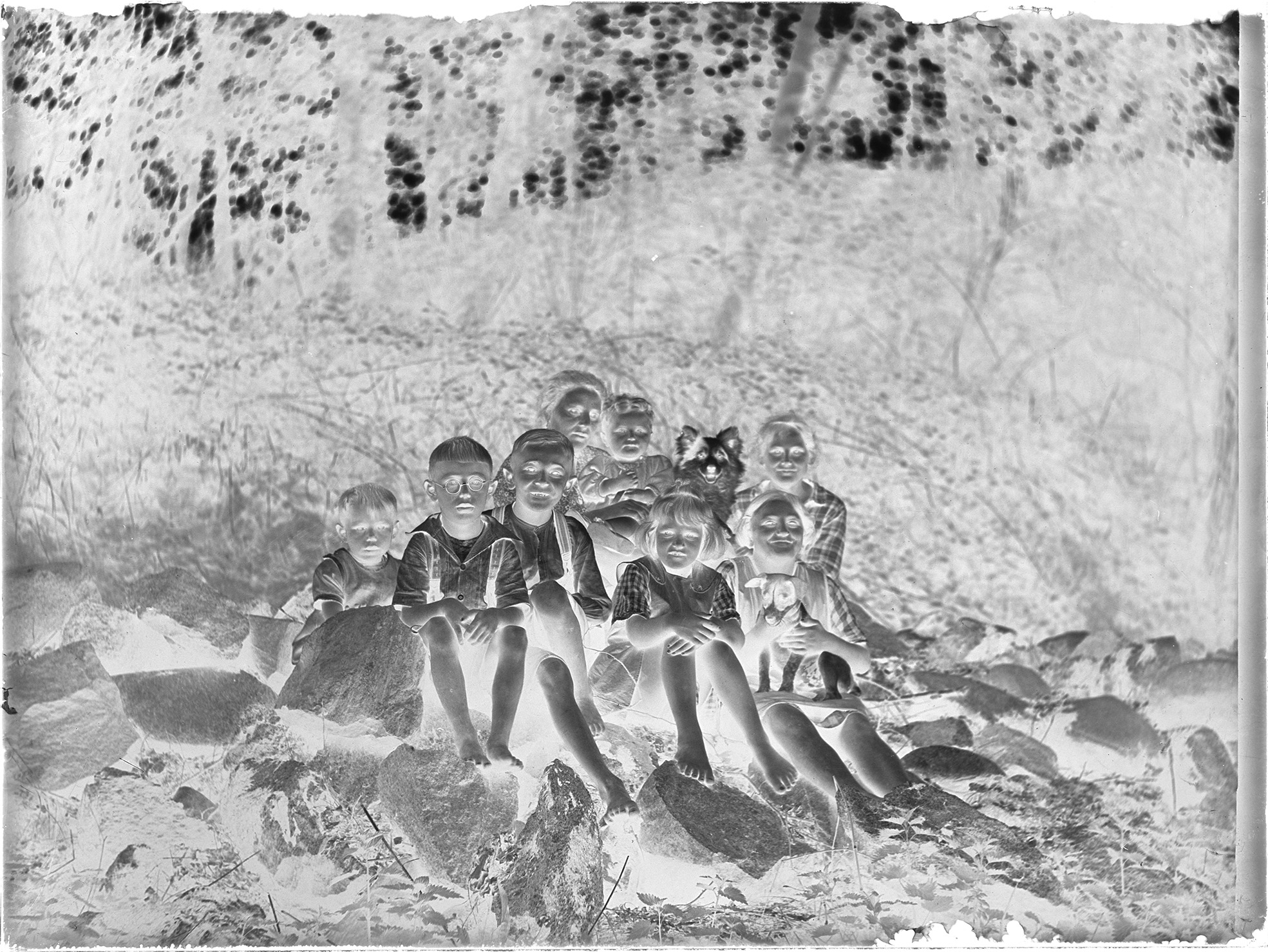
In a negative image, the tones are reversed: light becomes dark, and dark becomes light. This group photo is exposed on a light-sensitive glass plate placed inside a camera. The glass sensitiser contains silver, which darkens under the influence of light.
Glass negative, photographer unknown
4. Positive is the opposite of negative
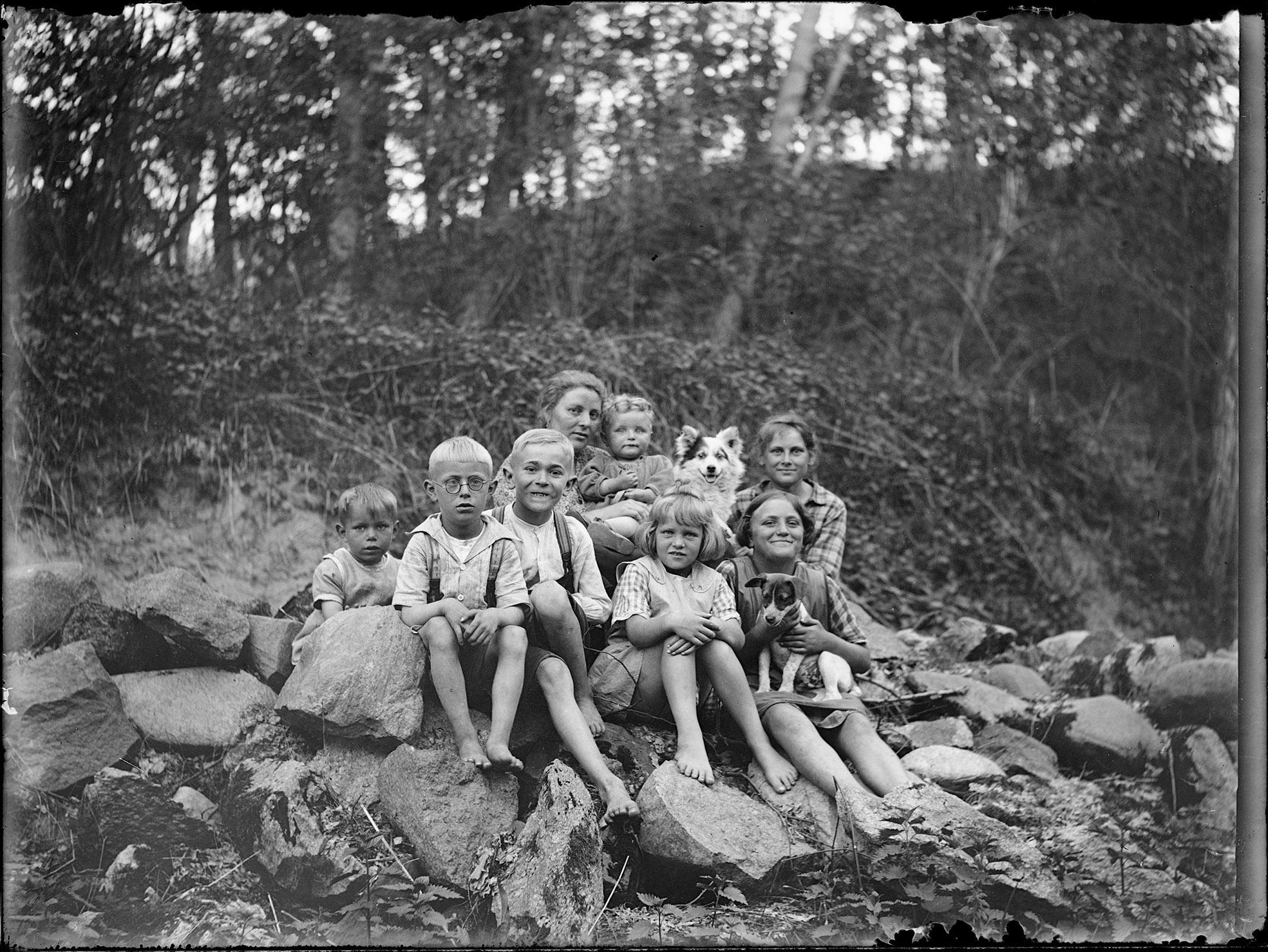
This is a positive print processed using a glass negative. The glass is placed in the darkroom on photographic paper and light is allowed to flow through the negative. In the emulsion of the paper surface, light-sensitive silver salts are mixed with gelatin.
Gelatin silver print
5. Why are there holes on the edges of a film roll?

This film is made of plastic and has a photosensitive emulsion on its surface. When filming, the film is placed inside the camera, where the gears transport the film with the help of holes that are exposed frame by frame in front of the lens.
35mm film
6.This film is called medium format film.
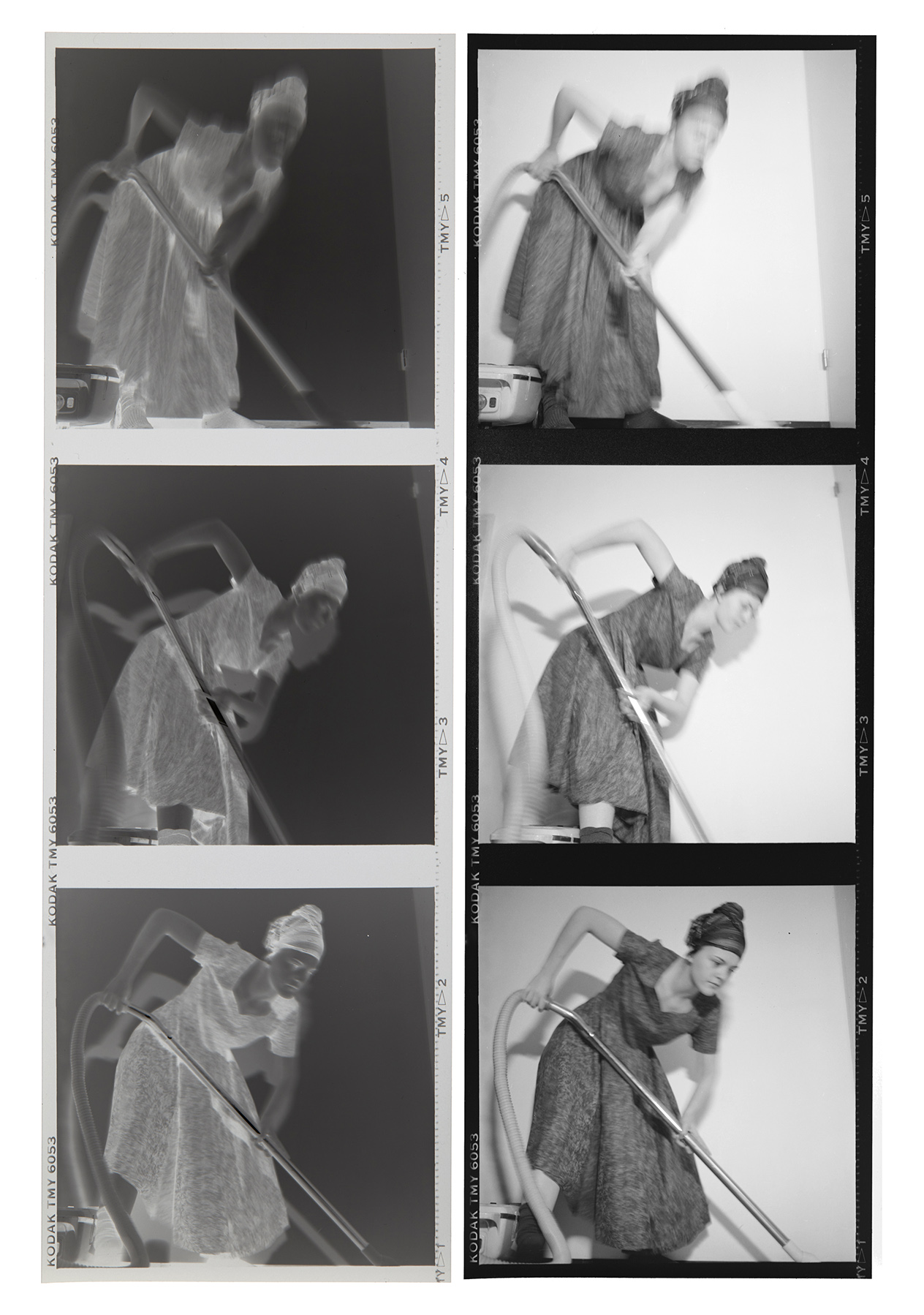
A total of 12 images can be exposed on the film roll, which has been cut shorter to facilitate darkroom work. Do you notice that the frames of the film are of a different shape than in 35mm film?
Medium format negative
7. The sixth sense
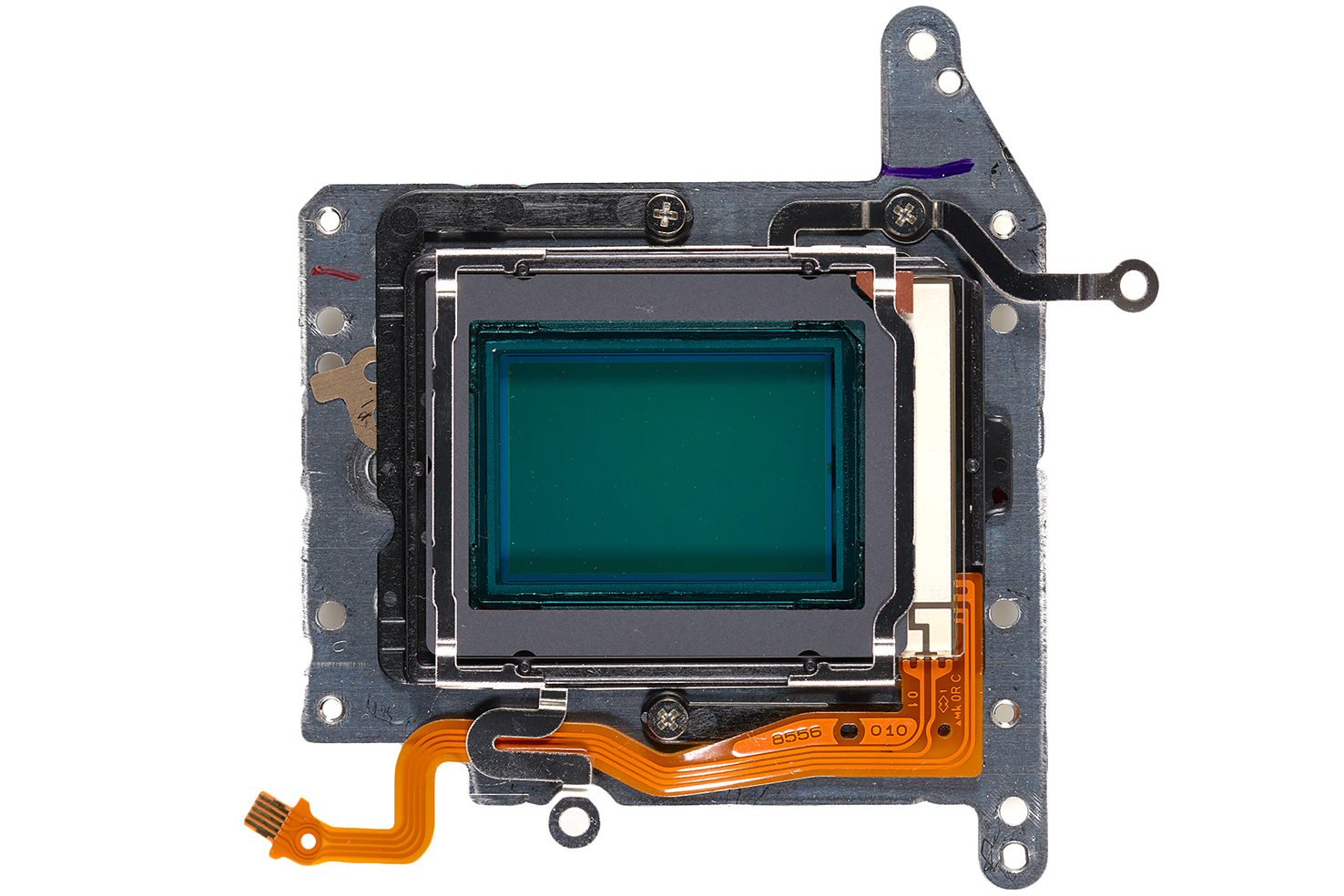
In a digital camera, images are not saved on film but instead on an electronic sensor. The sensor consists of light-sensitive photodiodes. They create a grayscale image of the subject based on the intensity of the light. The image’s colours are produced by the colour filters on top of the diodes.
Digital camera sensor
8. Let me introduce: The skeleton!
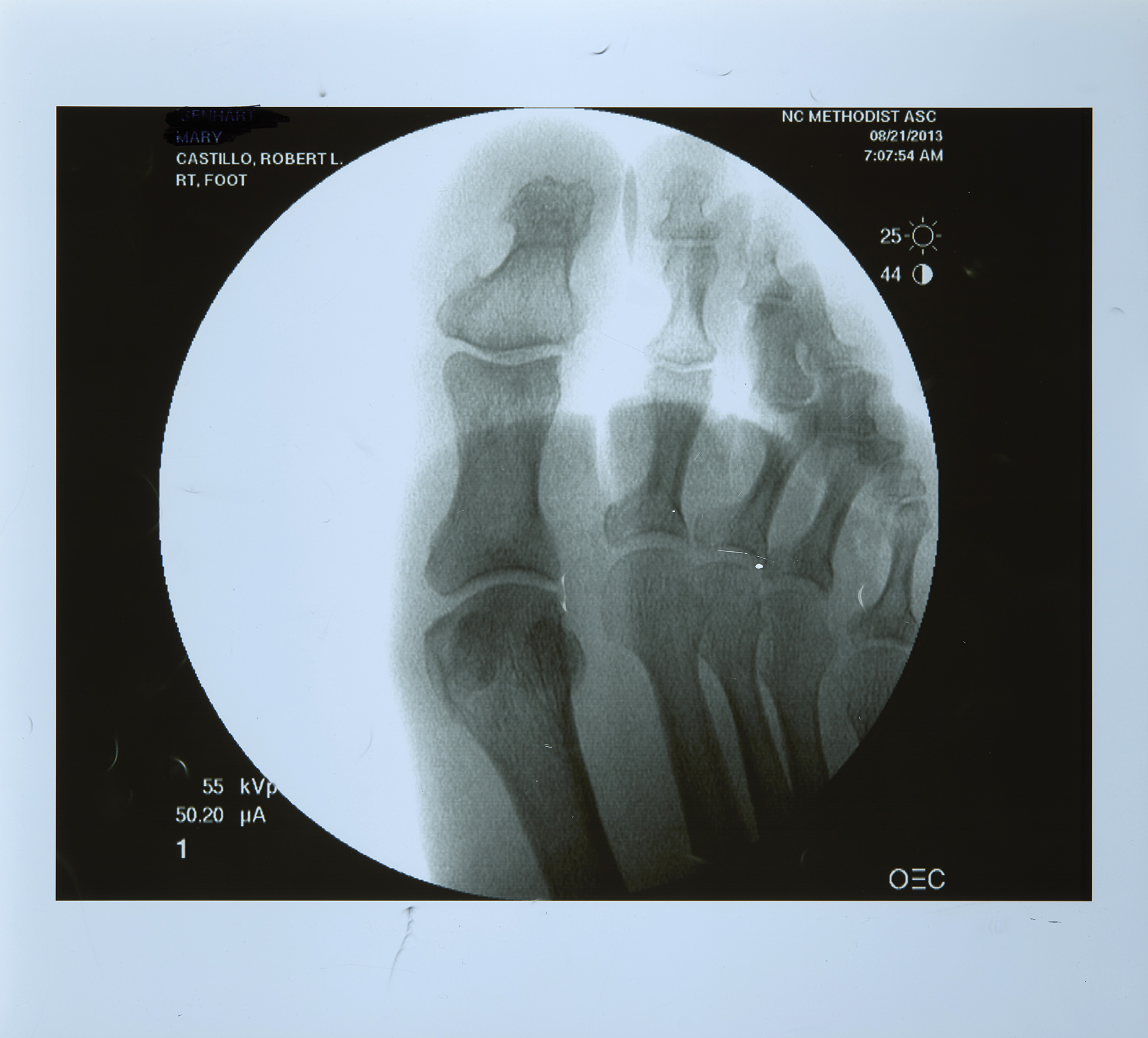
A medical X-ray image is a shadow image created when radiation is slowed down by a human or animal body. X-ray radiation is high-energy electromagnetic radiation, the wavelength of which is much shorter than that of visible light.
X-ray, photographer unknown
9. The printmaker's rebellion
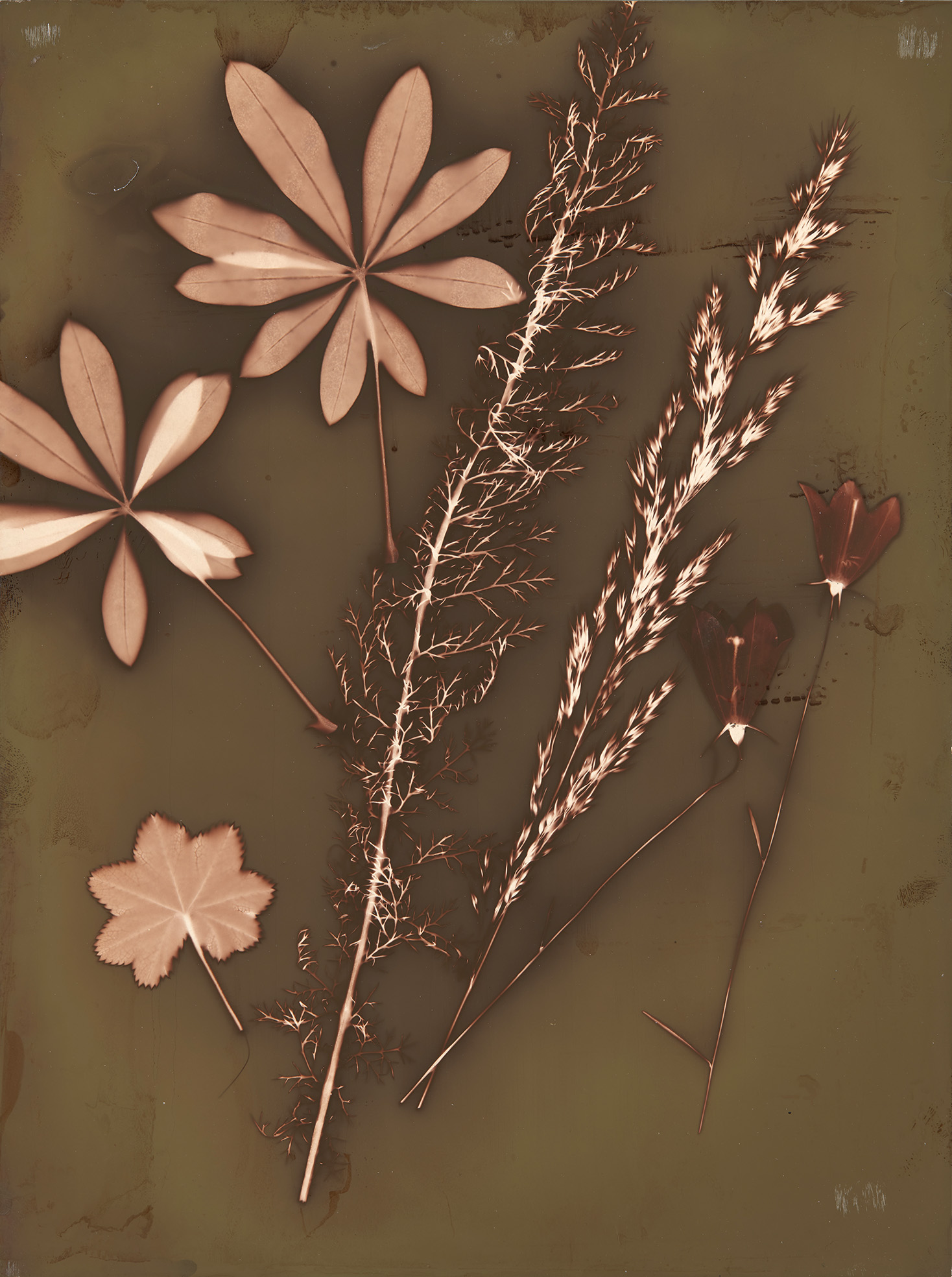
A lumen print is created using the properties of light-sensitive paper using an atypical method. The image is exposed to sunlight or to strong UV light for anything from half an hour to several hours. There is no need for a darkroom.
Lumen print, Virve Laustela, 2022
10. What is it like inside the eye?
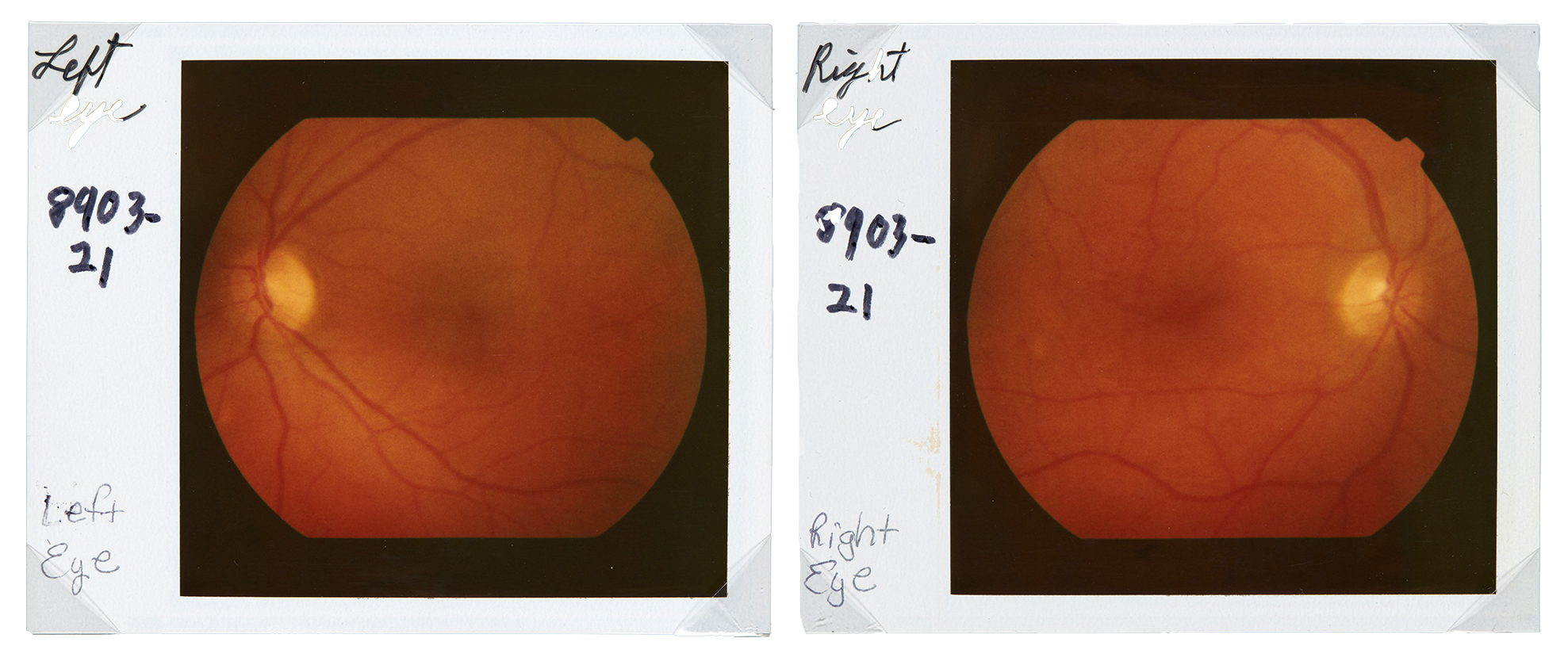
These eyes are photographed using X-rays on Polaroid film. Although Polaroid is a brand name, it is often used as a general name for any instant film technology. The instant film contains all the chemicals needed to make the picture, and the picture is ready almost immediately after shooting.
Polaroid, photographer unknown
11. DIY camera
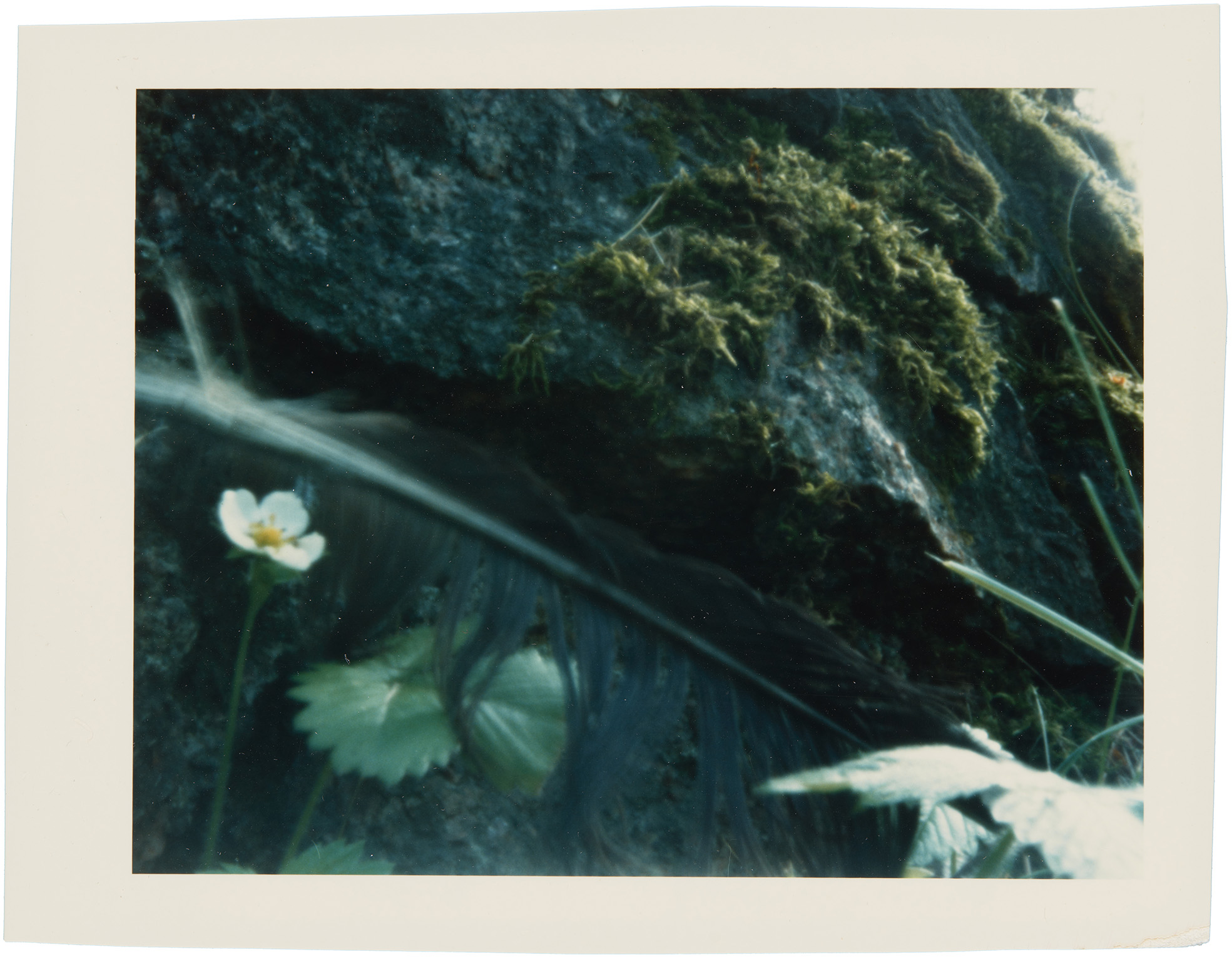
This photo was taken with a pinhole camera, which at its simplest, is a black box with light entering through a small pinhead-sized hole. The pinhole camera needs no electricity at all.
Pinhole photo, chromogenic colour print, Harri Tahvanainen collection
12. Lilies of the valley and vodka
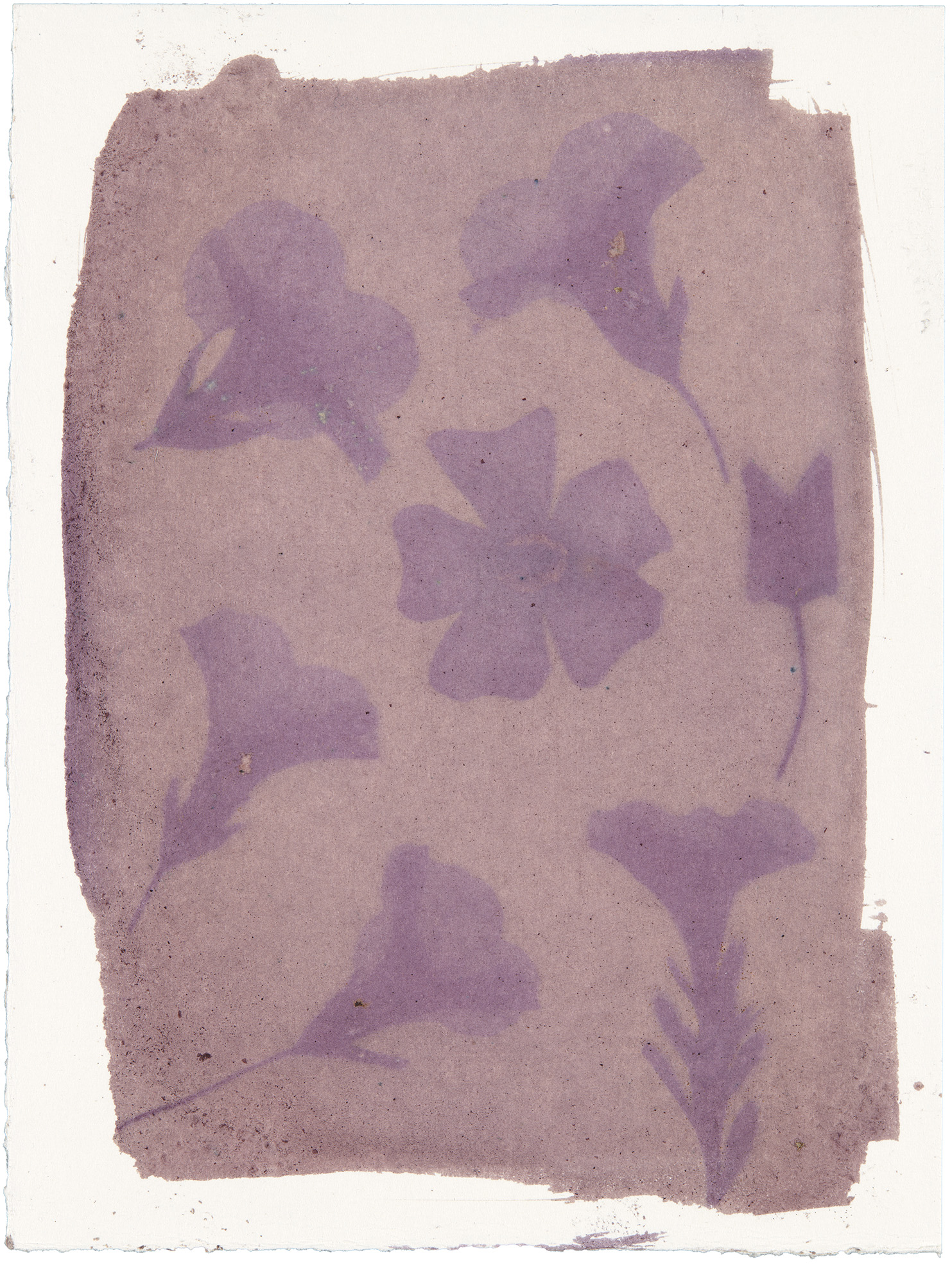
This delicately toned photo is created by sensitising paper to light with a sensitiser emulsion made from plants and alcohol. The paper is exposed to the sun.
Anthotype, Virve Laustela, 2022
13. Why do the edges of this photo look "hairy"?
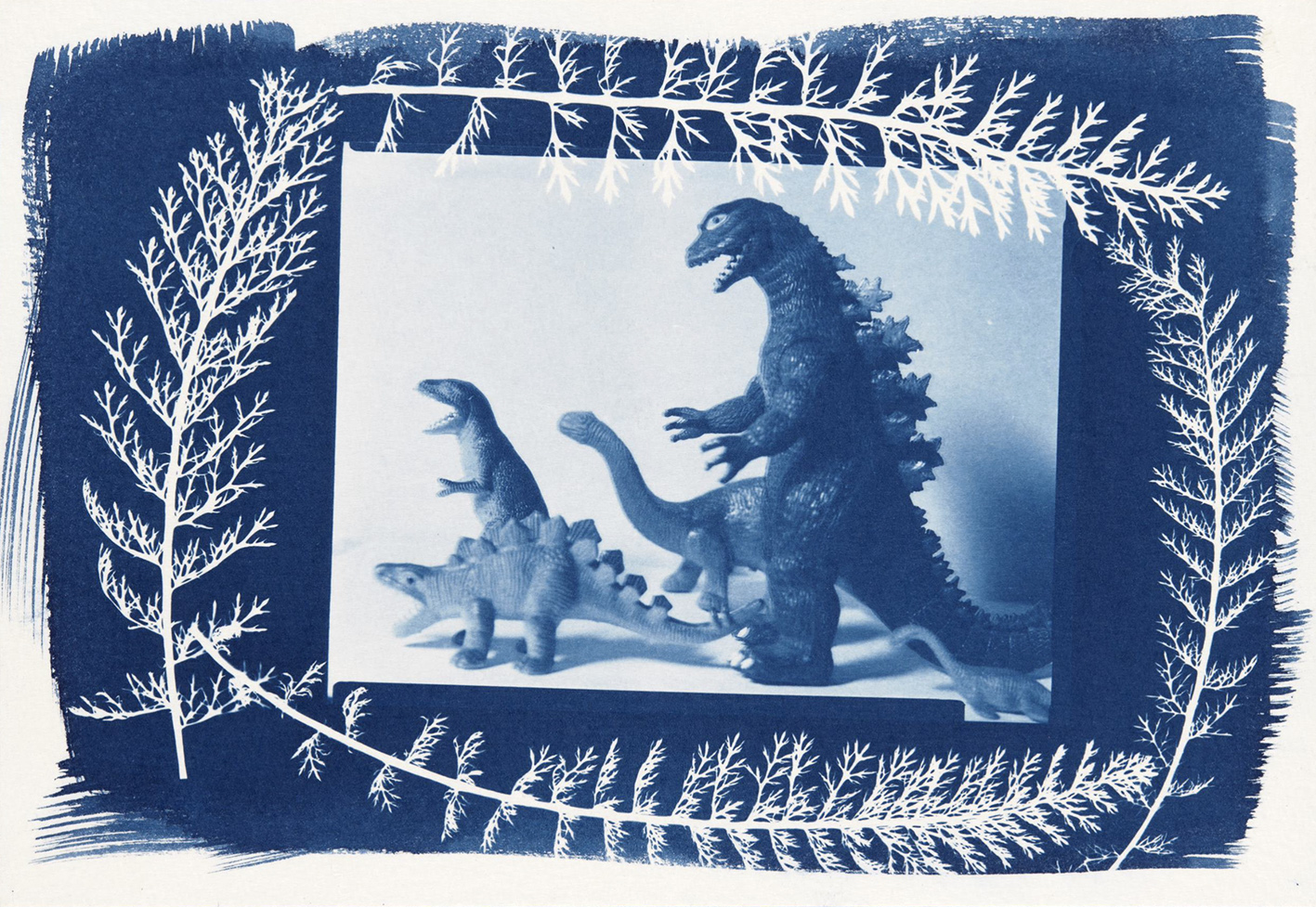
A cyanotype is a photo printed on paper sensitised with blue-toned iron salts. A sensitiser has been applied to the paper with a brush after which a photo negative depicting plants and dinosaurs has been placed on top of it. A cyanotype is exposed to sunlight or UV light.
Cyanotype, Virve Laustela, 2022
